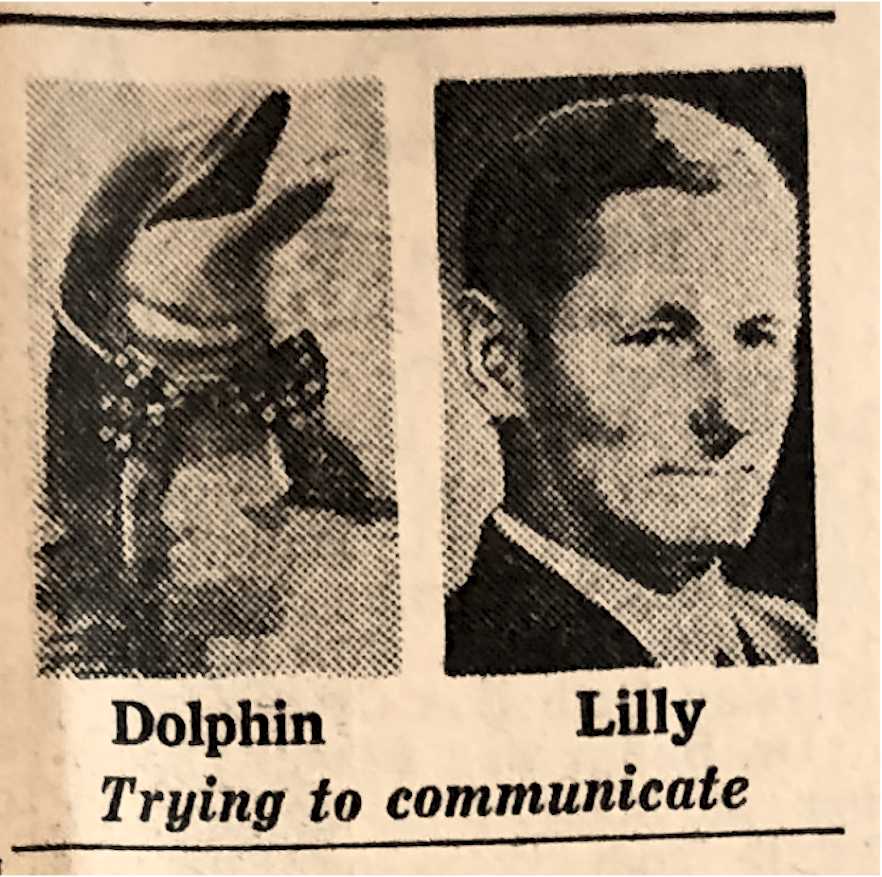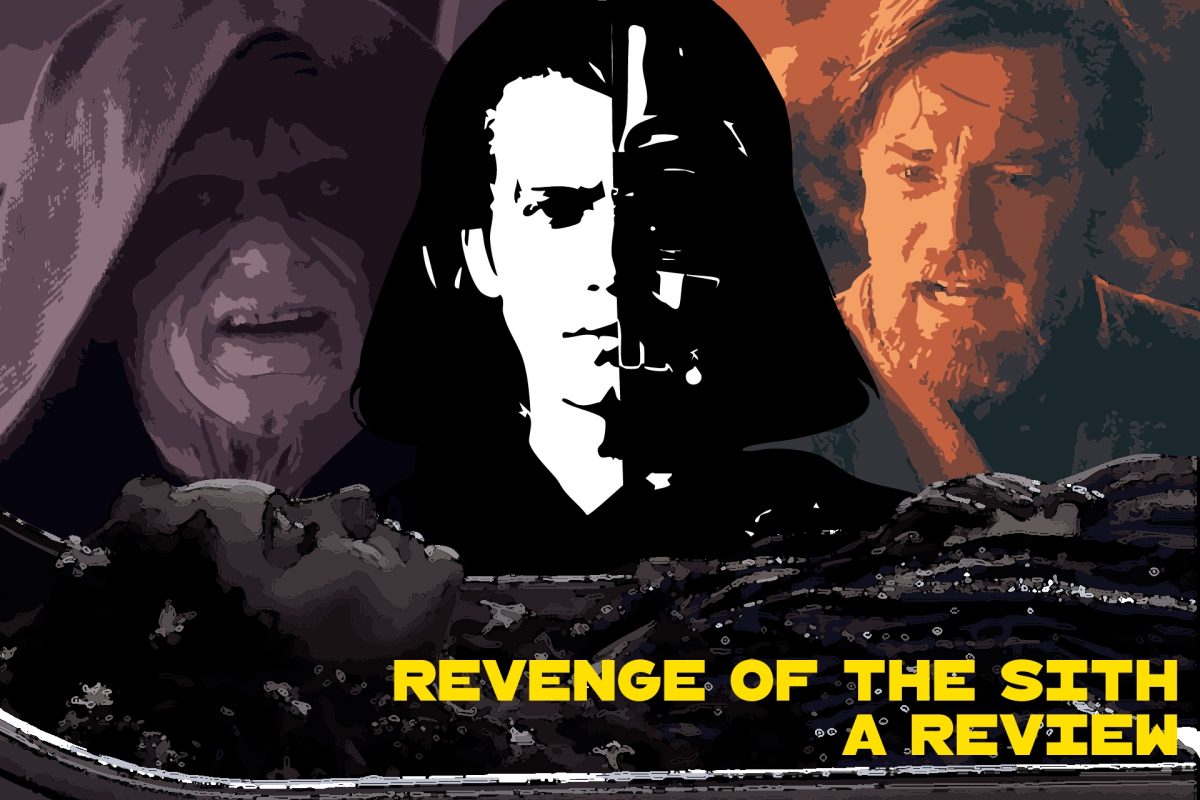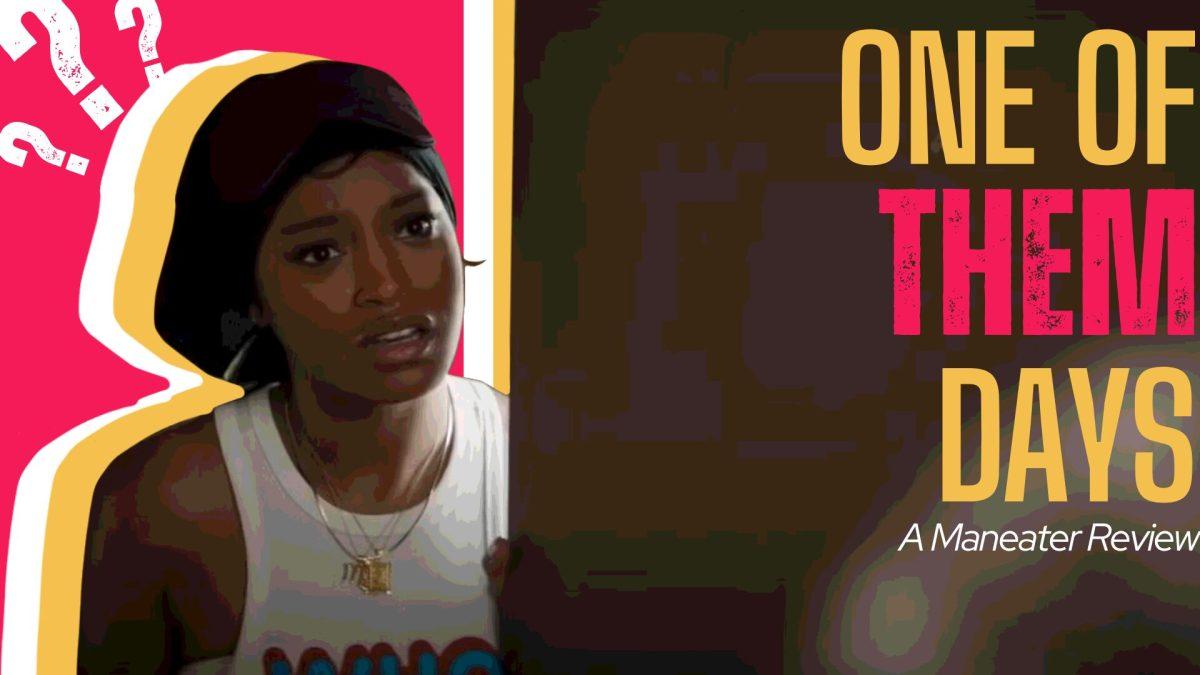The film dives into the life of a controversial figure without any attempt to balance perspectives
Courtney Stephens, co-director of “John Lilly and the Earth Coincidence Control Office” said she thinks that the film has created a nuanced portrait of a controversial figure. According to her, the film equally weighs both sides of the perspective on his work with drugs and dolphins. I couldn’t disagree more.
Through the ‘60s to late ‘80s, John C. Lilly was a relatively infamous psychonaut – someone who explores the psyche by altering the subject’s state of consciousness. For Lilly, this exploration primarily included consuming large doses of LSD in sensory deprivation tanks, as well as irresponsibly administering the drug to dolphins. He believed that dolphins were incredibly intelligent creatures and our key to communication with animals. The film is a one-sided explanation of his life and work, using archival footage and narration from Chloë Sevigny.
His practices, including drugging animals in barely navigable living conditions, were understandably controversial. There is paper after paper detailing dissenting opinions, including those who worked with him. None of these are explored in the film. Any naysayers are quickly discarded from the narrative and are often discredited on top of that.
The film frames animal cruelty as the work of a tortured, misunderstood genius. In Lilly’s first experiment with dolphins, he kills five in quick succession because he gives them anesthesia without understanding that they don’t breathe involuntarily underwater. The film does not mention this lack of comprehension, but says that although the kills may have made him “unpopular” with the workers at the facility, it allowed him to dissect the dead dolphins’ brains. It’s presented as a necessary scientific murder, in the eyes of the film’s creators.
When he finally recognizes their breathing limitations, his solution is to insert steel sleeves into their heads with a hammer. This is described anecdotally, through chuckles.
He first places the dolphins in steel tanks in a windowless bank — one he used his father’s money to buy — and later moves them to what he calls the “Dolphin House.” This is a house that he emptied and flooded so that he and an intern can play “mommy and daddy”, as labeled by the film, to the dolphins whom they give a precious three feet of water to swim in.
At one point, the film dives into the Save the Whales movement, in which animal activists advocate to end the slaughter of the gentle giants. The documentary deigns to align Lilly with the activists because he too understood that marine animals were intelligent. But Lilly never worked with whales and slaughtered a number of the animals he did work with.
Obviously, I don’t agree with John C. Lilly’s practices. And that’s fine, making a documentary about someone with controversial operations can be interesting, if not important. But to flood the film with testimonies of praise and all the ways his work was inspirational to his successors without giving any extensive or even subtly substantive time to those who disagreed with him is irresponsible journalism. Moreover, the debate over his morals was one of the most interesting aspects of his work, and the movie shoots itself in the foot by making little attempt to explore that discussion.
To the film’s credit, and in the interest of fairness, there are brief criticisms. The narration says he was a trust fund baby, the bank did not have windows and that he was “clumsy” on drugs. But these elements are never elaborated upon and are often included in a joking tone.
All in all, the film sings his praises as an embarrassing, sloppy documentary.
You can keep up with The Maneater’s 2025 True/False Film Fest coverage here.
Edited by Mikalah Owens | mowens@themaneater.com
Copy edited by Emma Short | eshort@themaneater.com
Edited by Annie Goodykoontz | agoodykoontz@themaneater.com














Philip Hansen Bailey • Mar 3, 2025 at 6:28 am
As the Personal Representative for Dr. Lilly’s estate, I thank you for your forthright appraisal of the film, which I gave yet to see. My requests to view it have been with no response. The film poster uses an image of Tom Synder above a dolphin pool, along with the name of his late night talk show “Tomorrow,” to announce their film “John Lilly and the Earth Coincidence Control Office.” I’m at a loss to understand why, but perhaps it will draw fans of one of the greatest late night talk shows of all time, Tomorrow with Tom Synder.” For a moment I thought they might be superimposing Synder’s visage and personality onto John’s character via AI, presenting Tom Synder as John Lilly. That will be another movie for another time.